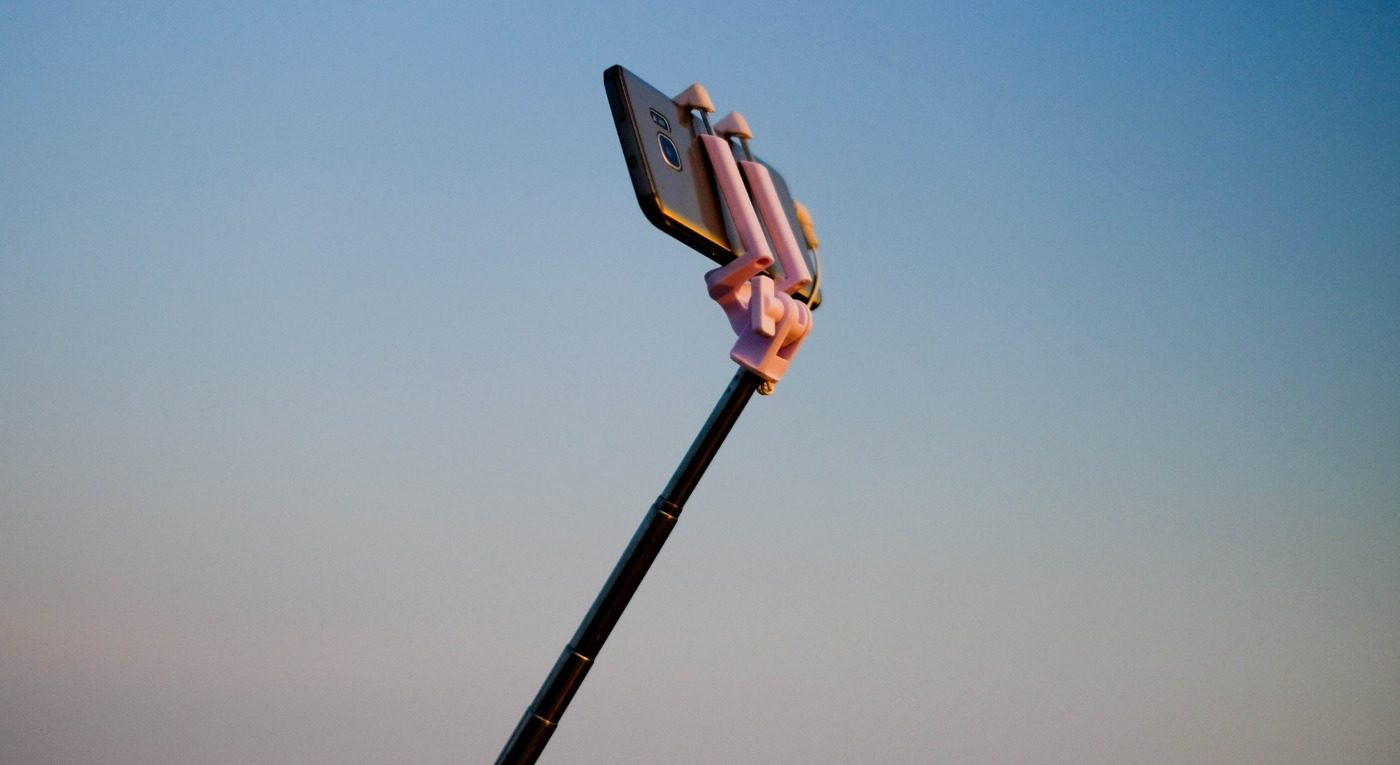Is selfie culture ruining our art galleries?
In a recent opinion piece for The Guardian, Rhiannon Lucy Cosslett decries the contemporary selfie culture in art galleries, which she argues is ruining the aura of artworks – an almost supernatural, unique quality that gives these pieces their power. In her conclusion, she writes that “the gallery has become a place that I do not recognise, and that gave me a feeling of loss. I couldn’t find the aura. There were too many phones in the way.” Are her lamentations fair?
Now, I’ll admit I’m coming at this from a perspective that doesn’t understand the need to see everything through a phone lens – it’s all well and good claiming that it’s memories, but they’re memories of something you never properly experienced in the first place.
People queue for hours to see famous artworks only to take a photo of themselves with it, and you have to think that it’s not the art that interests them so much as a ‘been there’ shot for their online followers (and imagine the narcissism of thinking that a photo of an iconic piece of art would be improved by sticking your face in it).
Importantly, because it’s often the ‘big’ pieces people want to snap – the Mona Lisa, for example – there is often a lot of congestion around these pieces. It doesn’t matter if you want to engage, because there’s a crowd of others that really don’t.
It’s said of art that the more you look, the more you’ll see – the problem is that people aren’t looking any more
Phone cameras are good, yes, but they’re not the same as the real thing. It seems incredibly obvious to me that it is better to look at a physical piece of art with your eyes rather than your screen – to appreciate the brush strokes, the colours or all the hidden details that you’ll miss out on if you’re just lining up the perfect shot for your followers? It’s said of art that the more you look, the more you’ll see – the problem is that people aren’t looking any more.
Readers responded positively to the article, offering their own solutions for dealing with the problem. One suggested phone-free sessions for those who want to explore the gallery without being hindered by selfie culture and phones – which seems a good idea in principle. Unfortunately it’s likely that the phone users would get the weekends and the convenient times.
Another idea was a mandatory photo permit, with proceeds going back into the gallery. One commenter noted that the Belvedere in Vienna has a full-size replica of Klimt’s The Kiss, which is intended for photos and posing. I don’t know how practical this would be in all galleries, but it’s such an ingenious solution.
It is recommended that five minutes can see a person truly appreciate an artwork – on average, we look for 30 seconds at most
And then, there’s the ‘slow art’ movement – taking place in April this year, Slow Art Day enabled gallery patrons to get up-close to artwork and concentrate on it, letting them truly appreciate what they have seen. The Natural History Museum offered yoga sessions and meditation baths before people looked at the exhibitions, opening up their senses so they could engage on a deeper level. It is recommended that five minutes can see a person truly appreciate an artwork – on average, we look for 30 seconds at most.
I’ve written about phones and photography in art galleries before, and I’m not suggesting that a blanket ban of photography is a good response. There are good reasons for using your phone in galleries – taking an image of the artist’s information, for example, which can be long and tricky to read when there’s a crowd.
But, on the whole, it’s certainly fair to say that selfie culture is ruining the experience of art galleries (and, indeed, much of life now, but that’s a whole other issue) – if your motivation for going to see a famous painting is to get a photo of yourself with it, maybe it’s worth reflecting on how you’re completely failing to engage.

Comments